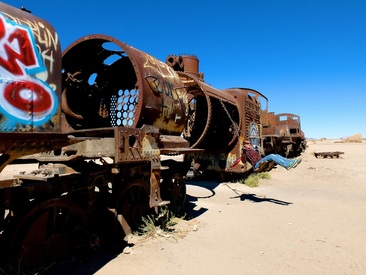 playing with dead trains
playing with dead trains By far the most visited tourist attraction in Bolivia, the salar de Uyuni is salty, flat and incredibly huge, covering over ten thousand square kilometers. We caught an overnight bus to Uyuni and sought out a tour – booking ahead is for chumps. There are a ridiculous number of companies that offer identical tour packages for the salt flats, making it a complete crapshoot when deciding which to go with. After speaking with a few different agents and hearing the exact same description but with wildly varying prices, we decided to go with the second-cheapest and most racially-appealing option, World White Tours. The next morning we met our driver Pepe (who we were ensured was not a drunk) and the rest of our group, consisting of Luiz and Renata from Brazil, Casey from the U S of A and Gabriella from Israel (and a bunch of other places) and headed out of town.

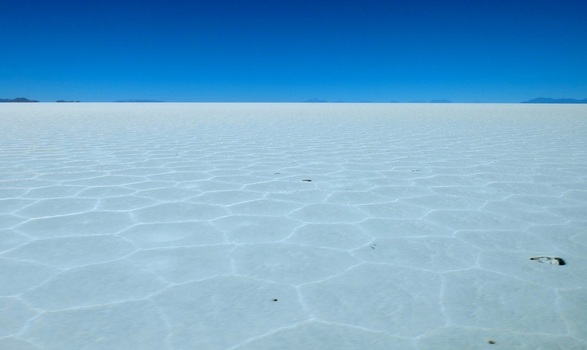
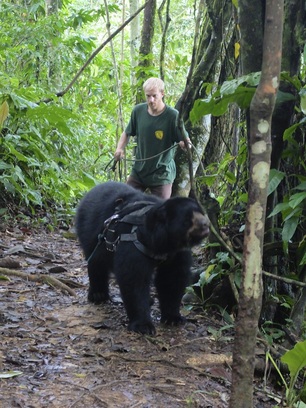
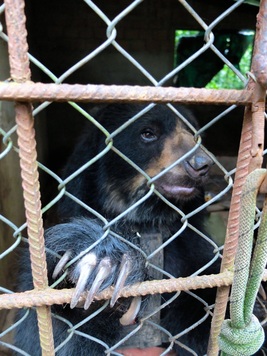



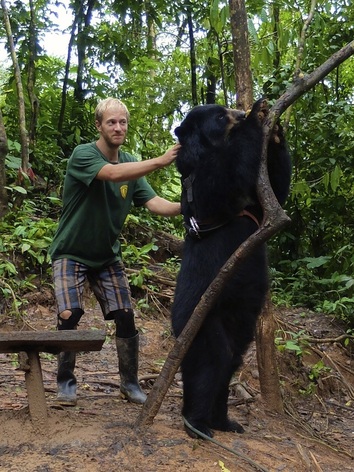

 RSS Feed
RSS Feed